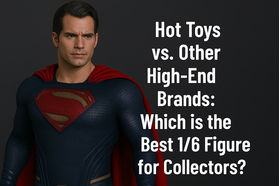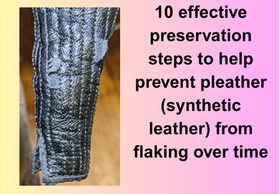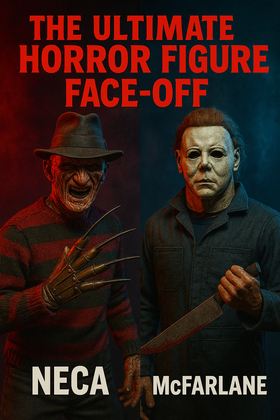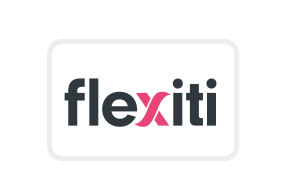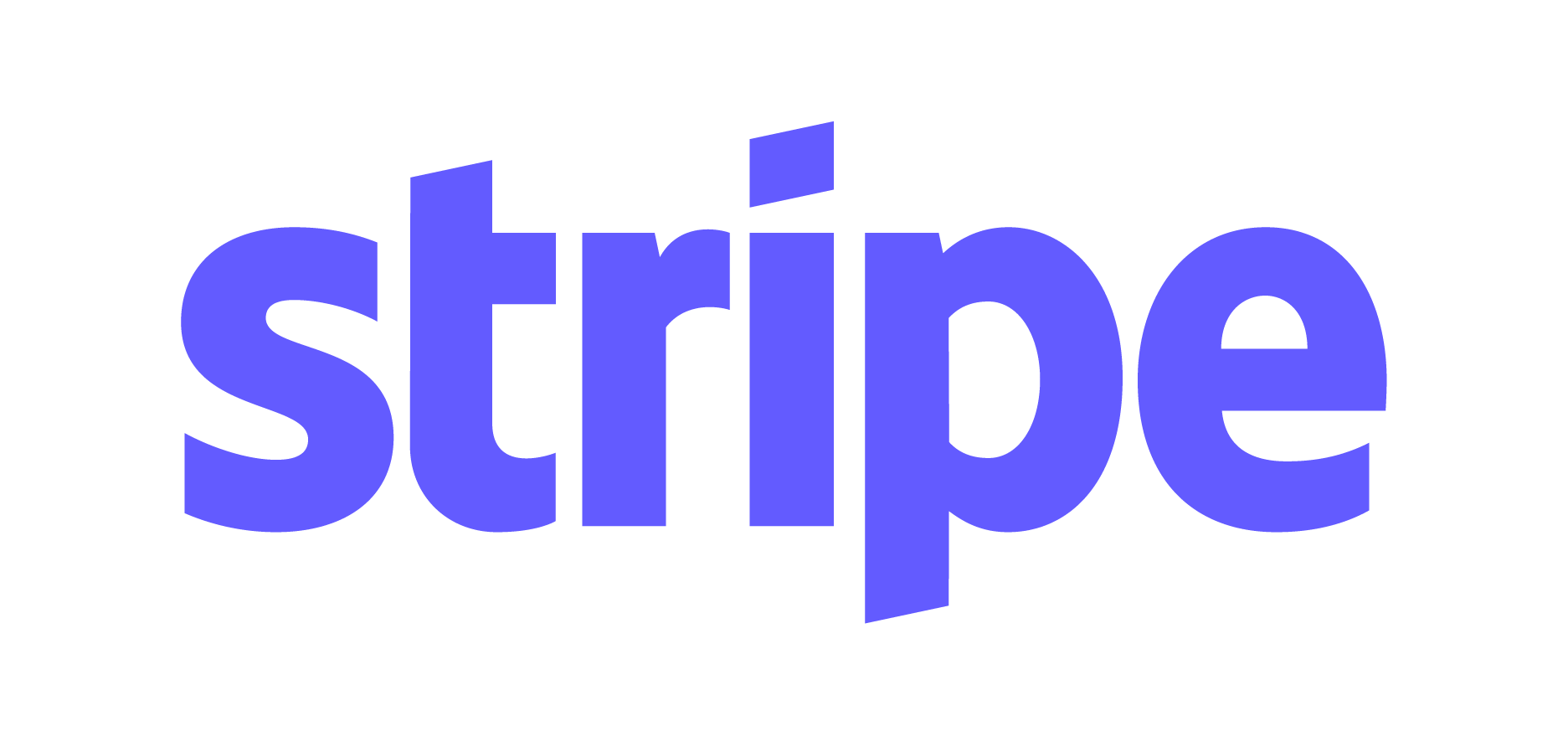Will AI-Generated Toys Be the Future of Collecting?
The world of toys has always evolved alongside technology, from wind-up tin toys to sophisticated action figures with electronic features. Today, with the rise of artificial intelligence (AI), we stand on the brink of a new chapter: AI-generated toys. As a toy expert and lifelong collector, I find this intersection of technology and collectibles both thrilling and complex.
First, let’s define what “AI-generated toys” really means. Traditionally, toy design has been the domain of human artists, sculptors, and designers who bring creativity, cultural understanding, and personal touch to every detail, from concept sketches to final prototypes. AI-generated toys, however, involve the use of machine learning algorithms and generative design tools that can create new toy concepts, shapes, colorways, and even play patterns based on vast amounts of data—from market trends to historical toy lines.
Imagine an AI trained on decades of action figures, plush toys, and building sets. It could generate unique designs that blend features from multiple toy lines or even invent entirely new characters and concepts. This isn’t just a theoretical exercise; toy companies are already experimenting with AI in product development. For example, some design studios use generative design to explore hundreds of variations in a fraction of the time it would take a human team. This approach can uncover fresh ideas that might never emerge through traditional methods.
For collectors, the implications are both exciting and challenging. On one hand, AI-generated toys could lead to an explosion of unique, customizable, and hyper-personalized collectibles. Imagine ordering a figure that’s tailored precisely to your taste—size, color, accessories, even articulation—based on your digital profile or past purchases. This could transform toy collecting into a more intimate, individual experience.
However, this new frontier raises questions about authenticity and the “soul” of collectibles. Many collectors value the story behind a toy: the designer’s signature, the sculptor’s style, the historical context. When a toy is generated by an algorithm rather than an artist, does it still carry that same aura of craftsmanship? Can AI capture the subtlety of nostalgia, cultural references, or even the intangible sense of fun that makes a toy special? Collectors might debate whether AI-generated toys are “real” collectibles or just digital novelties.
Another concern is market saturation. AI could flood the market with endless variations of toys, potentially diluting the sense of rarity and value that drives many collectors. Limited runs, chase figures, and exclusives are all key elements in the thrill of collecting. If AI makes it easy to generate infinite designs, how will that affect the secondary market? Will it make collecting more accessible or render it less meaningful?
Despite these challenges, I believe AI-generated toys have enormous potential to expand the hobby. They could democratize design, allowing independent creators to bring their ideas to life with minimal technical expertise. Small-batch production, 3D printing, and AI-driven design could foster a vibrant ecosystem of micro-brands and indie toymakers. Collectors might enjoy discovering hidden gems in this diverse landscape.
Ultimately, I see AI-generated toys as a complement to, rather than a replacement for, traditional toy design. Just as digital art exists alongside hand-painted masterpieces, AI-generated toys can coexist with handcrafted figures, each serving different tastes and experiences. The future of toy collecting will likely blend human creativity with AI’s vast generative power, creating a richer, more dynamic world for both casual fans and die-hard enthusiasts.
In conclusion, AI-generated toys will indeed play a role in the future of collecting—but whether they dominate or simply enrich the landscape depends on how we, as collectors, embrace or resist this new wave of innovation. As a collector, I’m excited to see where this journey takes us—and I’m ready to add a few AI-designed pieces to my shelves.






